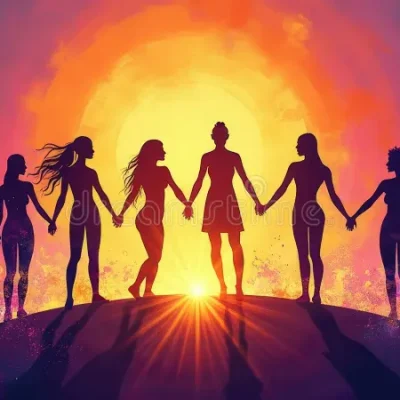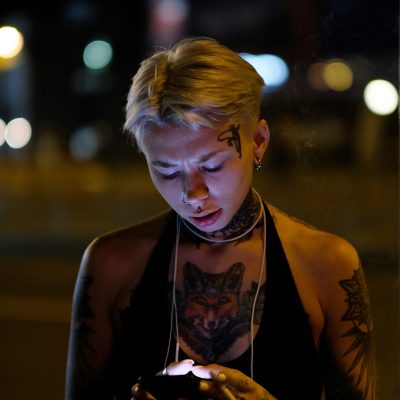Brown or Black — You Decide
“Miss, can you please step aside?!” Right as I entered my job at the Federal Reserve Bank of Boston with my AirPods in, a white police officer at security points to me — of course not the Asian woman dressed in a black suit right next to me — and rushes my way after a fellow guard detects something wrong in one of our bags. The suspicious look in his eyes told me exactly what the thoughts zooming through his head looked like. In a very quiet tone, I asked “Can I go now?” after the other guard clarified that it was a mistake. And after looking at me — the brownest girl in the room — up and down he let me go. This was neither the first nor anywhere near the last time something like this happened to me.
The relationship between personal identity and the identity people assume belongs to you has always intrigued me. Weirdly, I feel that instead of growing up and understanding the treatment of what being a Black woman of a religious majority goes through, I relate more to Middle-Eastern or Indian Muslim girls. This may come off wrong, but I never “felt” Black because people never assume I possess pettiness as a trait, that I wear weave, or that I have good dancing skills. People perceive me as a shy, quiet person who prays multiple times a day and never breaks a rule; or if they are very ignorant, someone that enters a building with the intention of bombing it, like our bald friend at the bank. Even though I have a full comprehension of my appearance and how it impacts others, it took me some time and confusing moments to get here.
As a seventh grader, I asked someone I personally knew what race she thought I was when we first met, and she replied saying “Indian” with a giggle. I did not know how to take that conversation, and to be quite honest, I still do not know what to fully think about it.
A part of me understood the stereotypical image I have and what that stereotype means for many future interactions, but accepting it took me time. When I was around twelve or thirteen, I told myself to not let myself ever get mad, and it still does not. At the same time, I realized we need to do better, and as I have aged I no longer view the misconception as an acceptable mistake. It is a racist stereotype, and for that reason, it does not belong anywhere. I want to promote the idea of asking questions first and then feeling confident you know later. But admittedly I have too much awareness of the initial profiling, which includes race and religion, that stems from human nature. One day in the future after a miracle occurs, “stereotypes” will not be a term used by anyone, and especially not against anyone. As a matter of fact, people will sift through earlier media and scoff at it.










